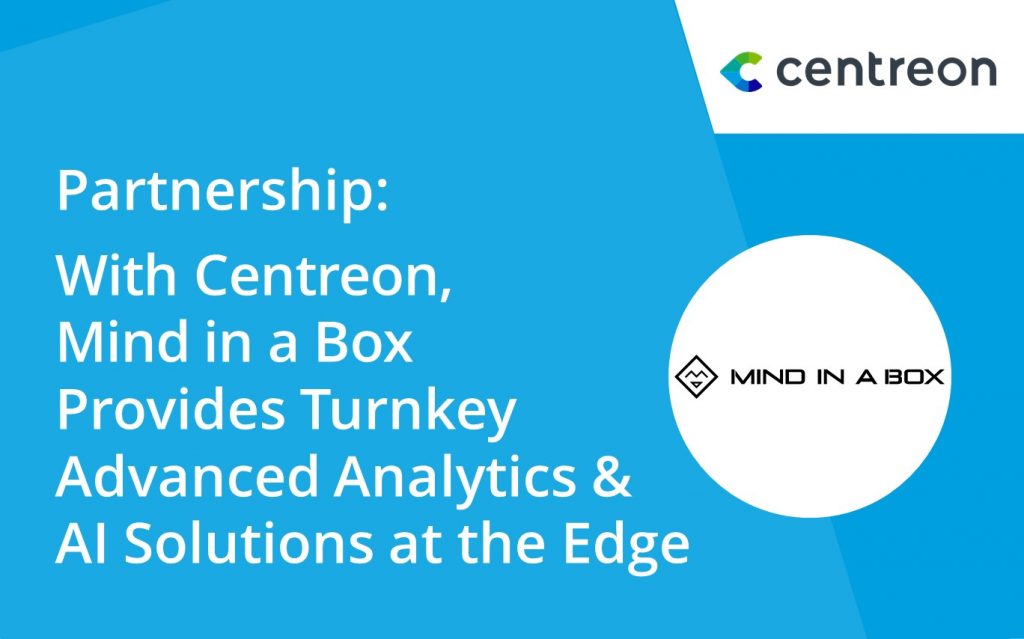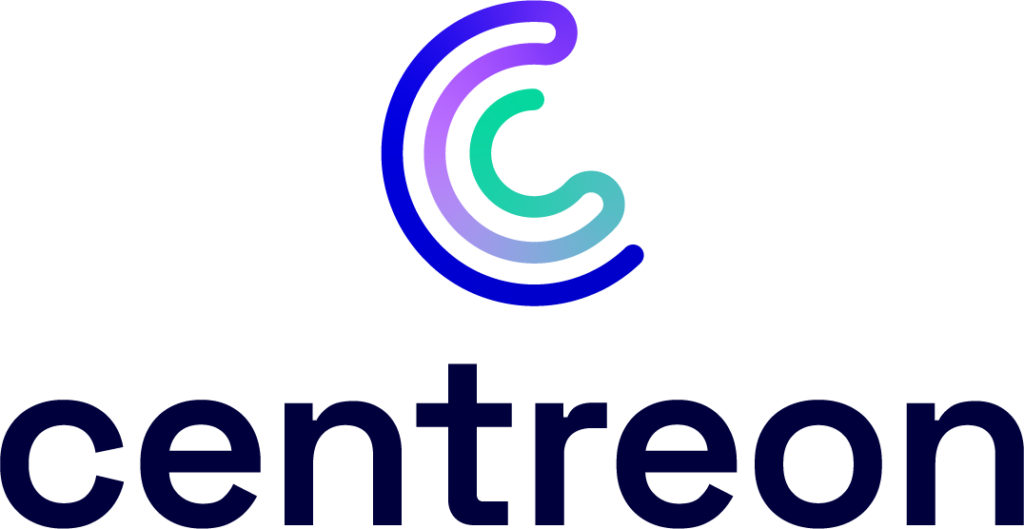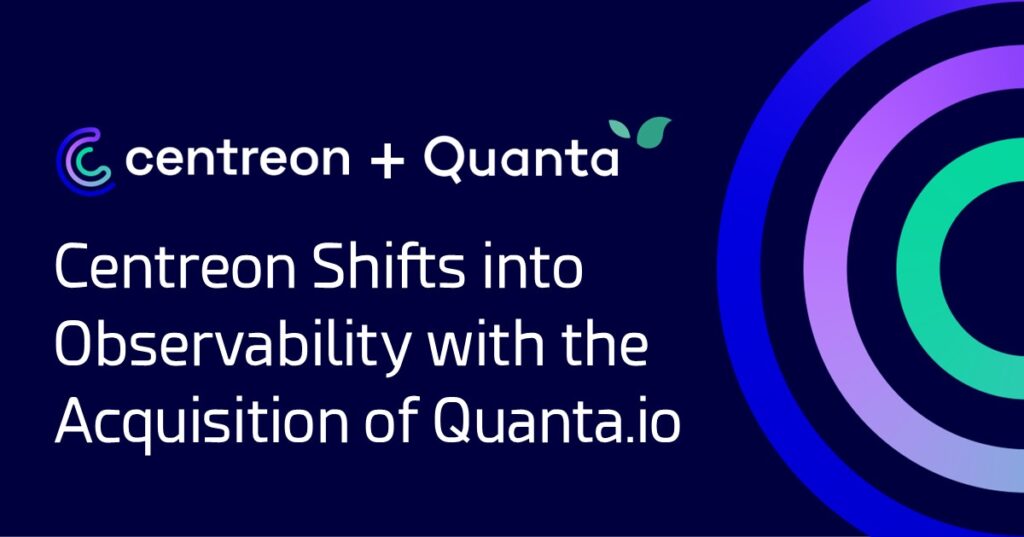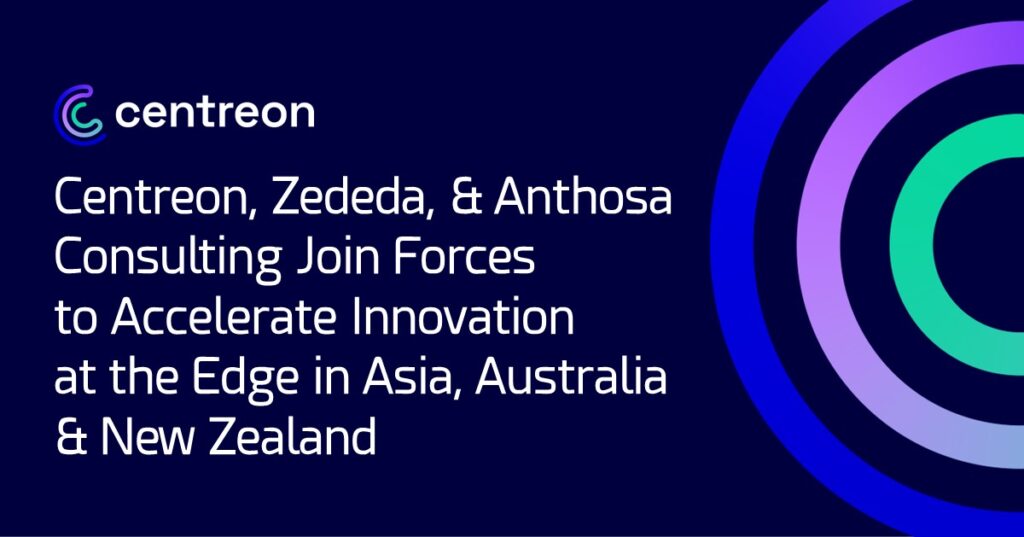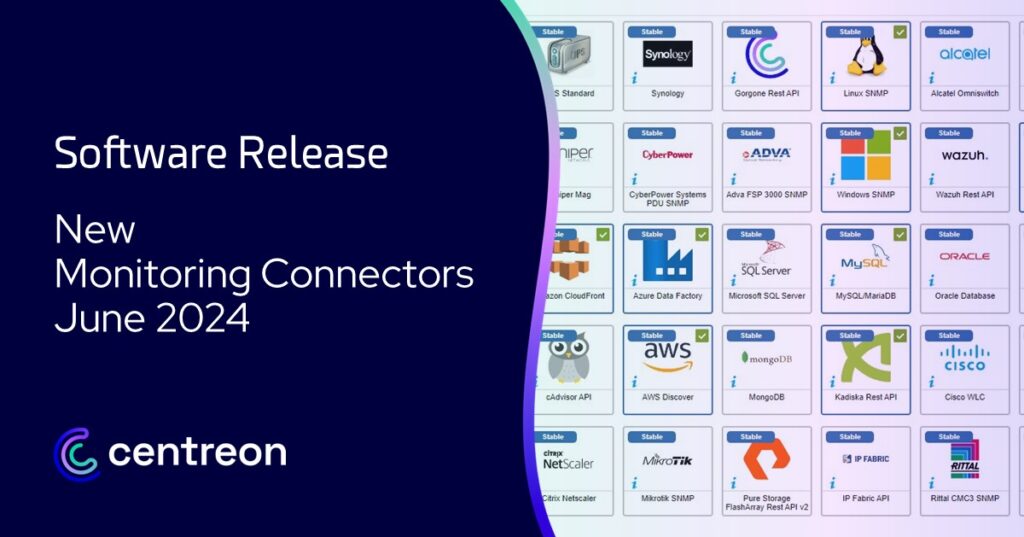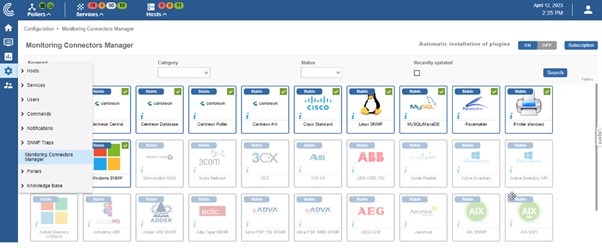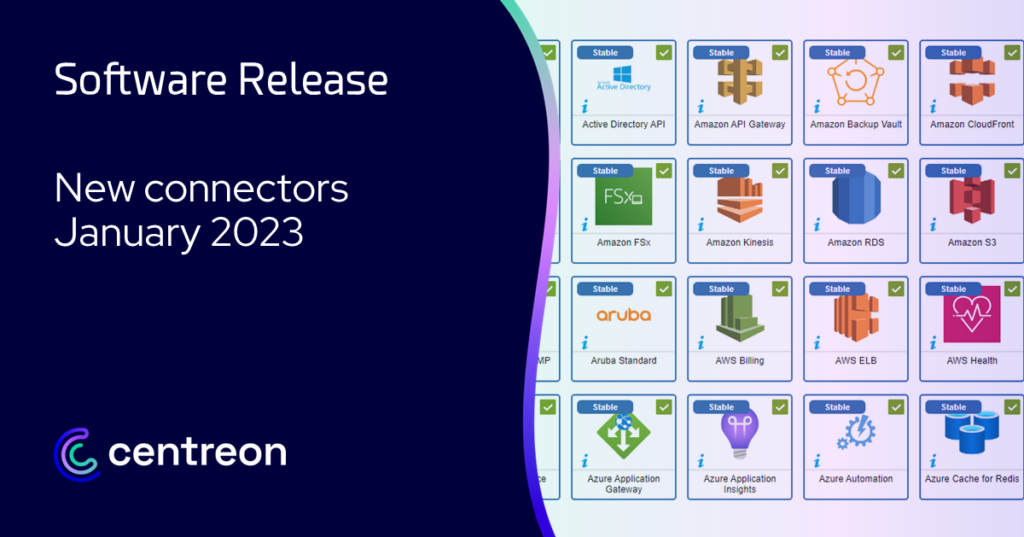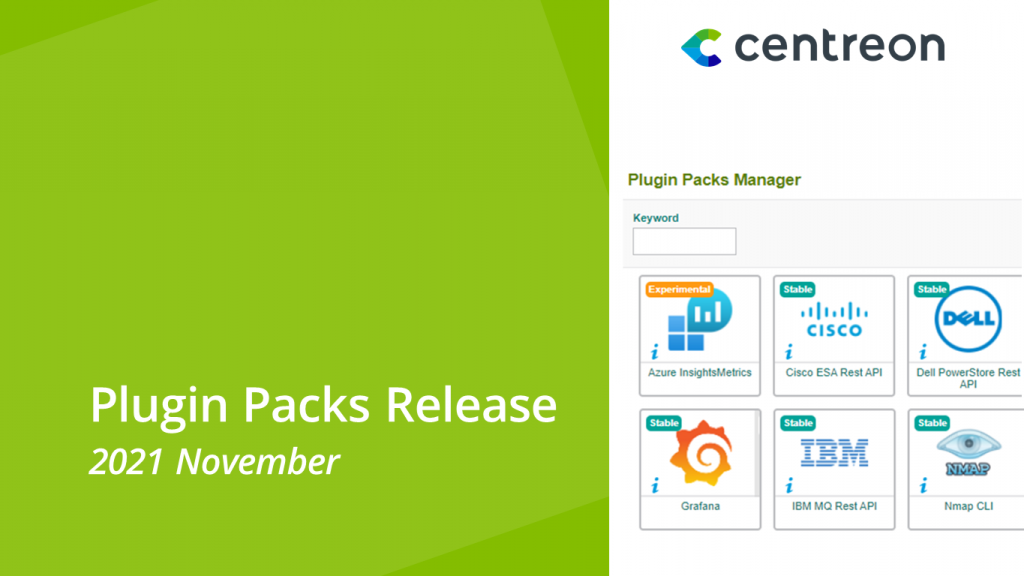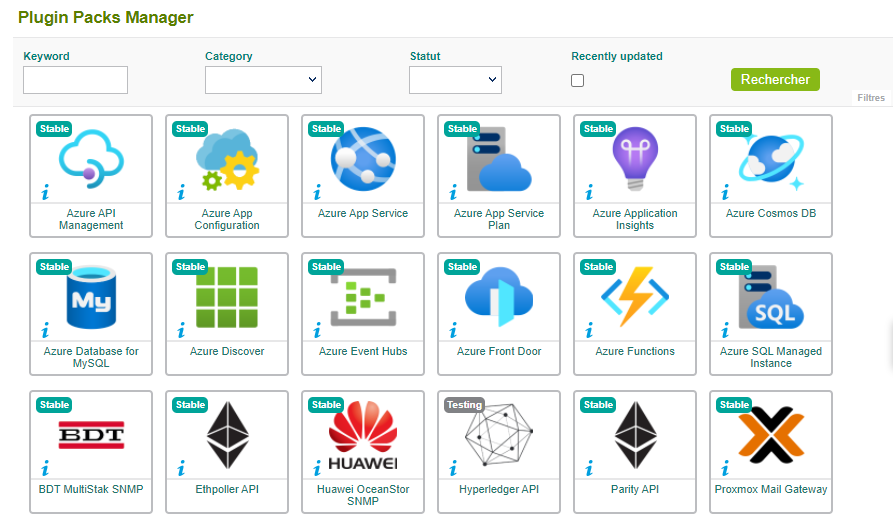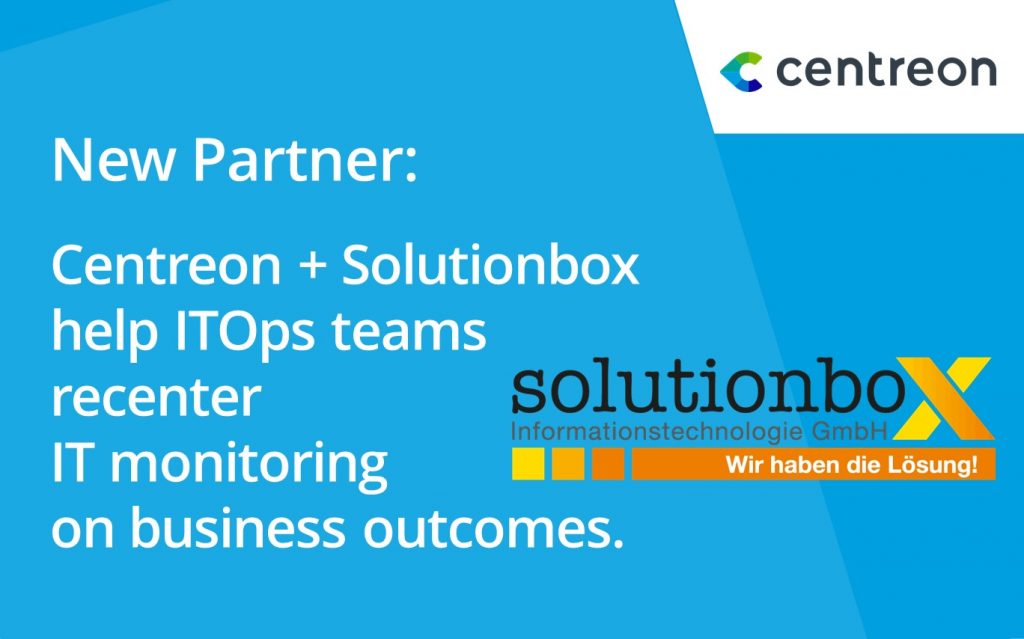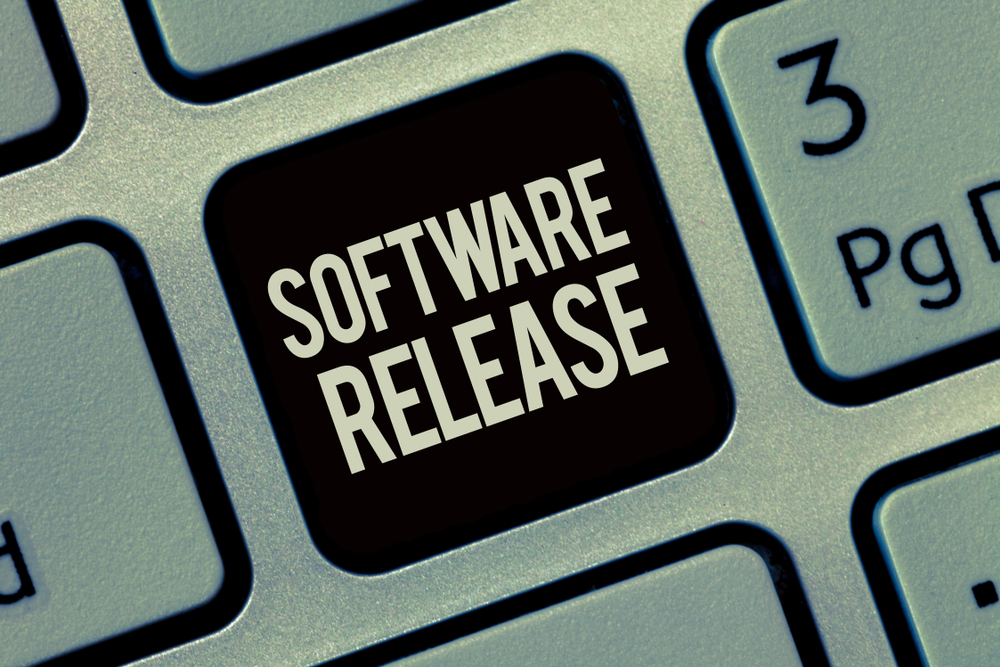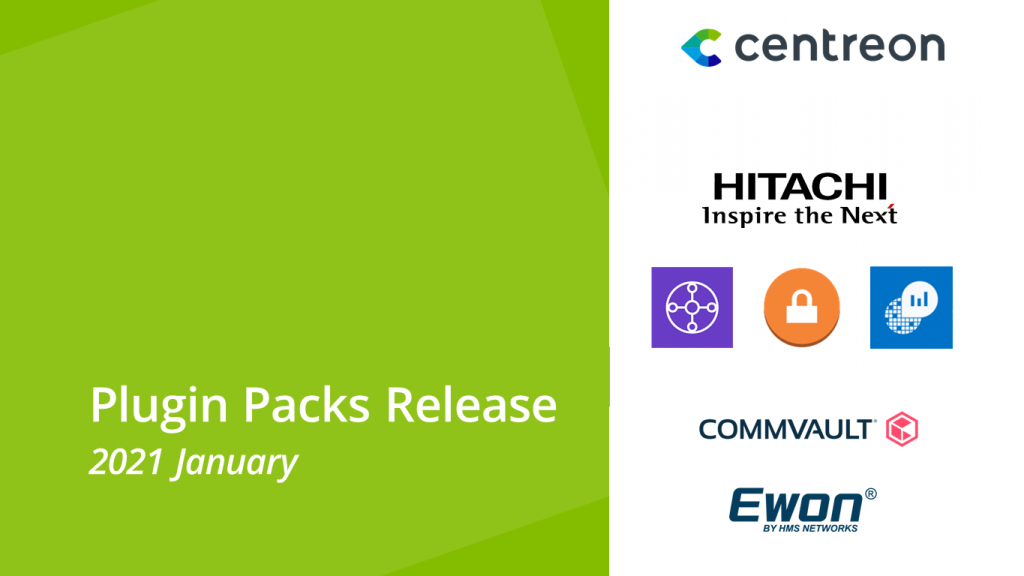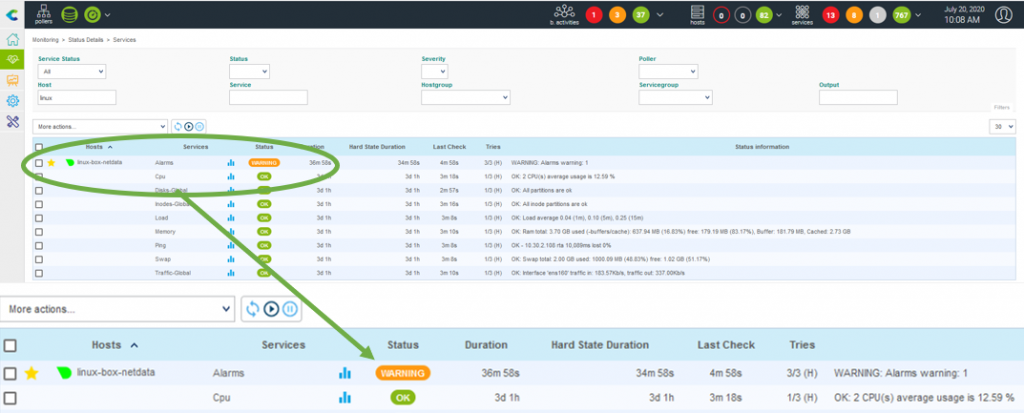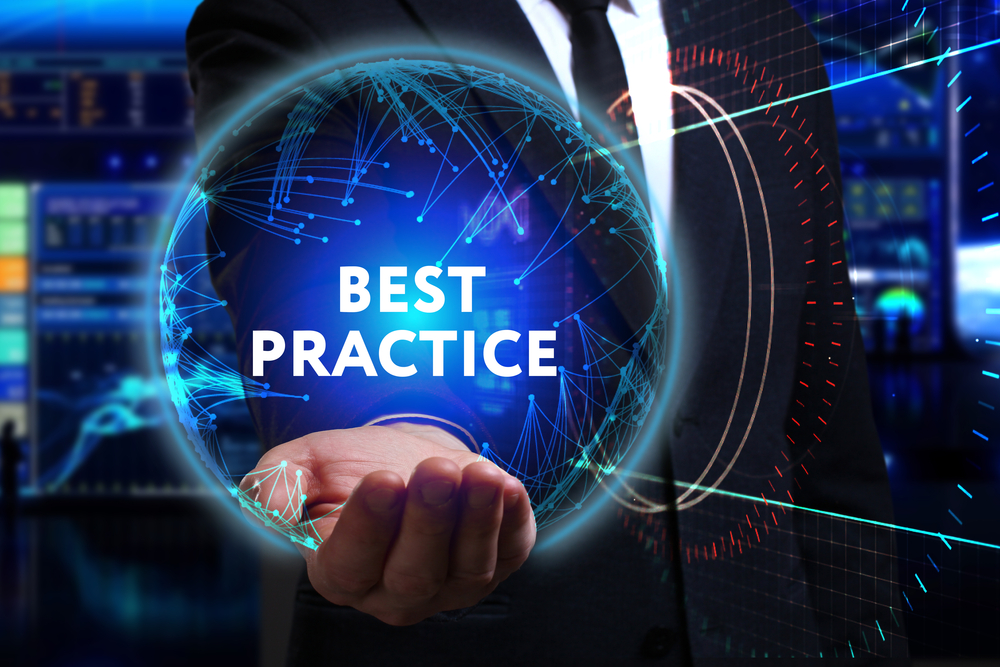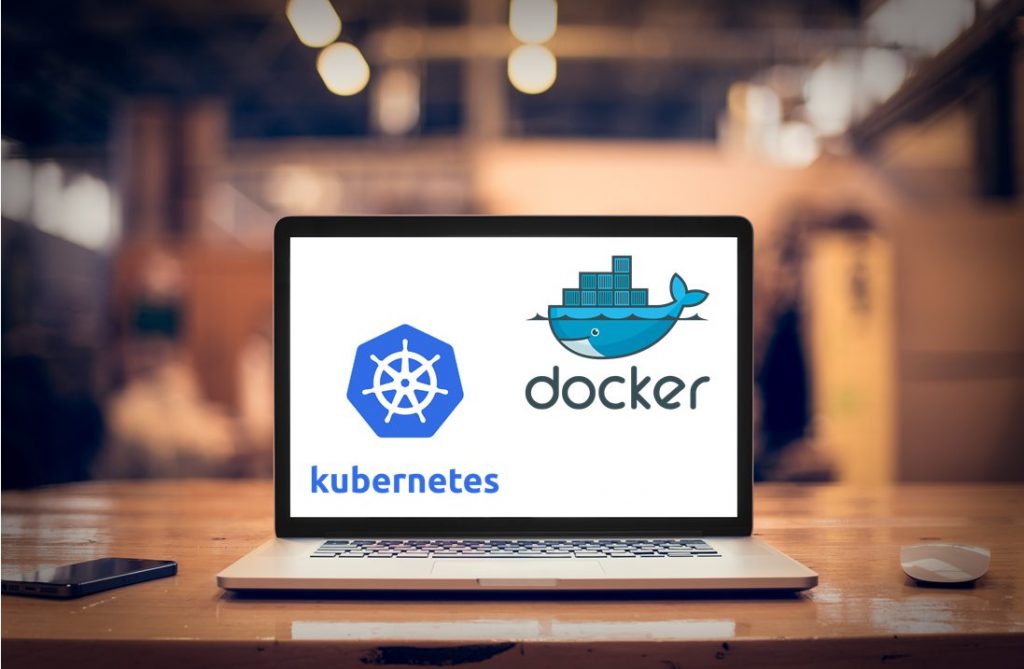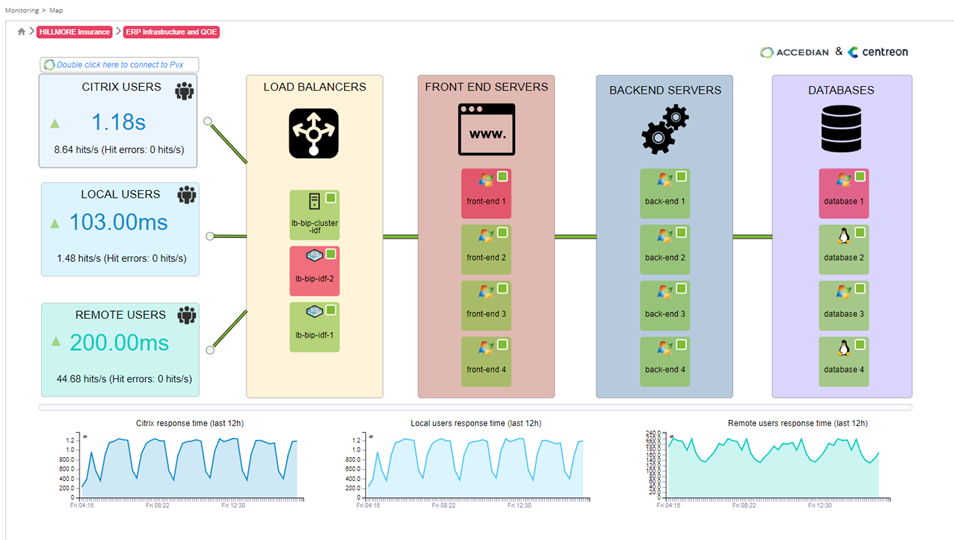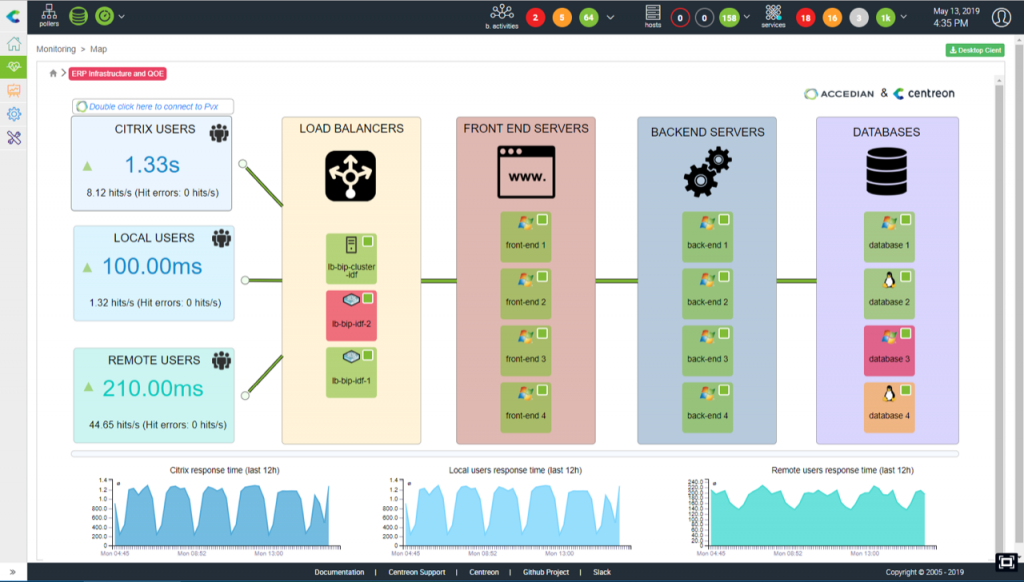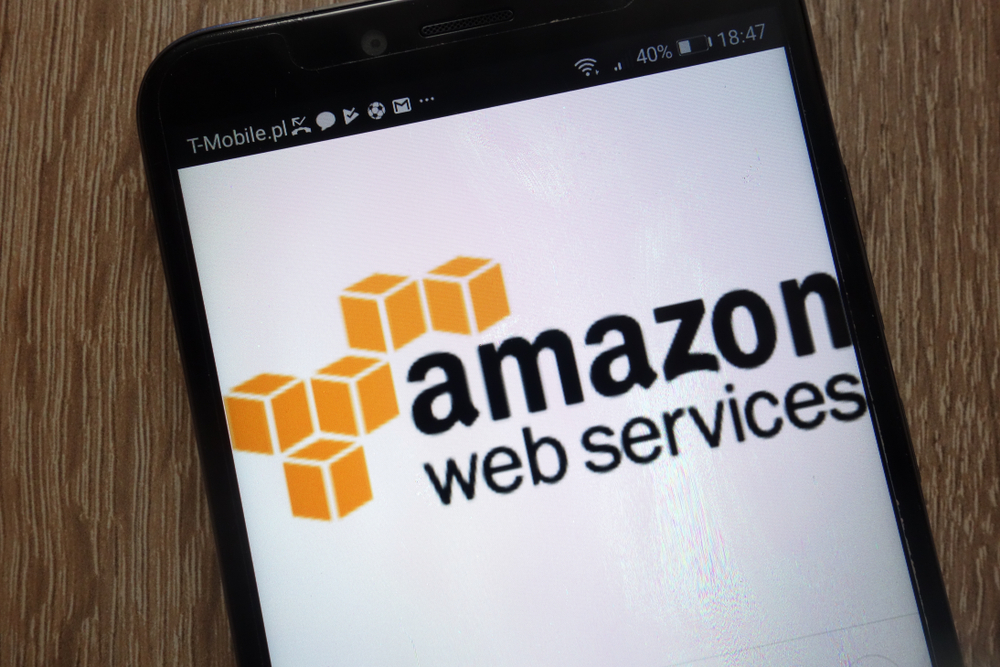Cloud Analytics
Back to glossaryWhat is Cloud Analytics?
Cloud Analytics refers to the practice of using cloud computing technologies to gather, store, analyze, and interpret data to generate actionable insights for businesses. Unlike traditional data analytics methods, which rely on on-premises infrastructure, Cloud Analytics leverages the scalability, flexibility, and computing power of cloud platforms like Amazon Web Services (AWS), Microsoft Azure, or Google Cloud. This shift to the cloud allows organizations to process large and complex datasets, access real-time insights, and scale their operations without the burden of maintaining physical hardware or extensive IT infrastructure.
Cloud Analytics is vital in today’s data-driven world, where businesses rely heavily on data to make informed decisions, improve operational efficiency, and gain a competitive edge. It supports a variety of applications, including predictive analytics, machine learning (ML), artificial intelligence (AI), and big data analysis. The cloud model allows companies to access cutting-edge analytics tools without needing a large upfront investment in expensive hardware or software.
Key Components of Cloud Analytics
- Data Collection and Storage
Cloud Analytics begins with data collection from multiple sources such as databases, IoT devices, customer interactions, and business applications. Once the data is collected, it is stored in cloud-based storage systems like data lakes, data warehouses, or cloud databases. These cloud storage solutions offer vast capacity and scalability, allowing businesses to store structured, unstructured, and semi-structured data without limitations. - Data Processing and Analytics
Once the data is stored, it needs to be processed and analyzed. Cloud platforms offer high-powered computing resources that allow businesses to process large datasets quickly and efficiently. By using advanced algorithms, cloud-based analytics platforms can run machine learning models, predictive analytics, and data mining to extract patterns and insights from the data. Cloud-based analytics tools also support real-time data analysis, enabling businesses to make timely decisions. - Data Visualization and Reporting
The insights from data analytics are only useful if they can be easily understood. Cloud Analytics platforms come with tools that allow users to visualize data through charts, dashboards, and reports. This visualization makes complex data easy to interpret, helping decision-makers quickly identify trends, outliers, and patterns. Cloud-based reporting tools also enable real-time data sharing and collaboration across departments and locations, facilitating faster decision-making. - Scalability and Flexibility
One of the most significant advantages of Cloud Analytics is scalability. As businesses grow and their data volumes increase, cloud platforms allow them to scale up without requiring new hardware or infrastructure investment. Cloud platforms are designed to handle massive amounts of data, making it easy for businesses to expand their analytics capabilities as needed. Additionally, cloud analytics platforms offer flexibility, enabling businesses to customize their analytics environments according to their unique needs. - Cost-Efficiency
Cloud Analytics reduces the need for large capital expenditures on physical hardware, data centers, and IT personnel. Most cloud platforms operate on a pay-as-you-go model, meaning businesses only pay for the storage and computing power they actually use. This model provides a cost-efficient solution, especially for small and medium-sized enterprises (SMEs), as they can scale their operations without the burden of high upfront costs. - Data Security and Compliance
Cloud platforms offer robust security features to protect sensitive business data. From data encryption to role-based access control and multi-factor authentication, cloud providers ensure that data is securely stored and accessed. Cloud Analytics also adheres to various compliance regulations like GDPR, HIPAA, and ISO standards, ensuring that businesses remain compliant with legal requirements.
Benefits of Cloud Analytics
- Real-Time Insights
With Cloud Analytics, businesses can analyze data in real-time, enabling them to respond quickly to changes in market conditions or operational issues. Real-time insights help businesses make faster, more informed decisions, leading to improved agility and competitiveness. - Collaboration and Accessibility
Since cloud platforms are accessible from anywhere with an internet connection, Cloud Analytics fosters collaboration across teams and departments. Multiple users can access and work on the same datasets simultaneously, making it easier to share insights and align strategies across the organization. - Scalability for Growing Data
Cloud platforms are highly scalable, allowing businesses to manage increasing amounts of data without worrying about running out of storage space or overloading their systems. As a business grows, it can expand its analytics capabilities without investing in new infrastructure. - Advanced Analytics Capabilities
Cloud platforms provide access to cutting-edge analytics tools, including AI, machine learning, and predictive modeling. These advanced capabilities help businesses gain deeper insights into customer behavior, forecast trends, and optimize operations for improved efficiency and profitability. - Cost Savings
Cloud Analytics eliminates the need for expensive on-premises infrastructure and IT support. By operating on a pay-per-use basis, cloud solutions help businesses control costs while still gaining access to enterprise-level analytics capabilities.
Challenges of Cloud Analytics
- Data Privacy and Compliance
While cloud platforms offer strong security measures, businesses must still ensure they comply with data privacy laws, especially when handling sensitive data. Regulations such as GDPR and HIPAA require strict protocols for managing personal or health-related information. - Data Integration Issues
Integrating data from various sources into a single cloud platform can be challenging, particularly when dealing with multiple data formats. Businesses need to ensure that their cloud analytics tools can handle seamless data integration to avoid data silos and ensure comprehensive analysis. - Dependency on Internet Connectivity
Cloud Analytics relies on a stable internet connection. Any disruptions in connectivity could affect the ability to access data or run analytics in real-time, potentially hindering business operations.
Conclusion
Cloud Analytics is a transformative technology that allows businesses to harness the power of data without the constraints of traditional on-premises infrastructure. With the ability to scale, provide real-time insights, and support advanced analytics techniques, Cloud Analytics is becoming essential for companies looking to stay competitive in today’s data-driven market. Despite challenges like data integration and compliance, the benefits of cost-efficiency, scalability, and improved collaboration make Cloud Analytics a crucial tool for modern businesses.
Pages linked on this
Ready to see how Centreon can transform your business?
Keep informed on our latest news




